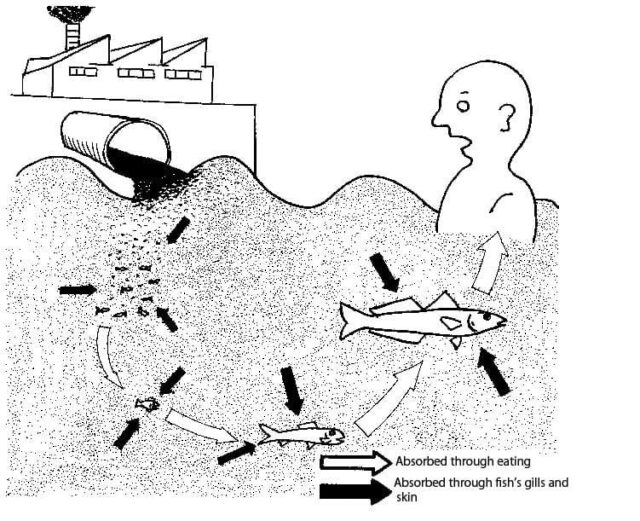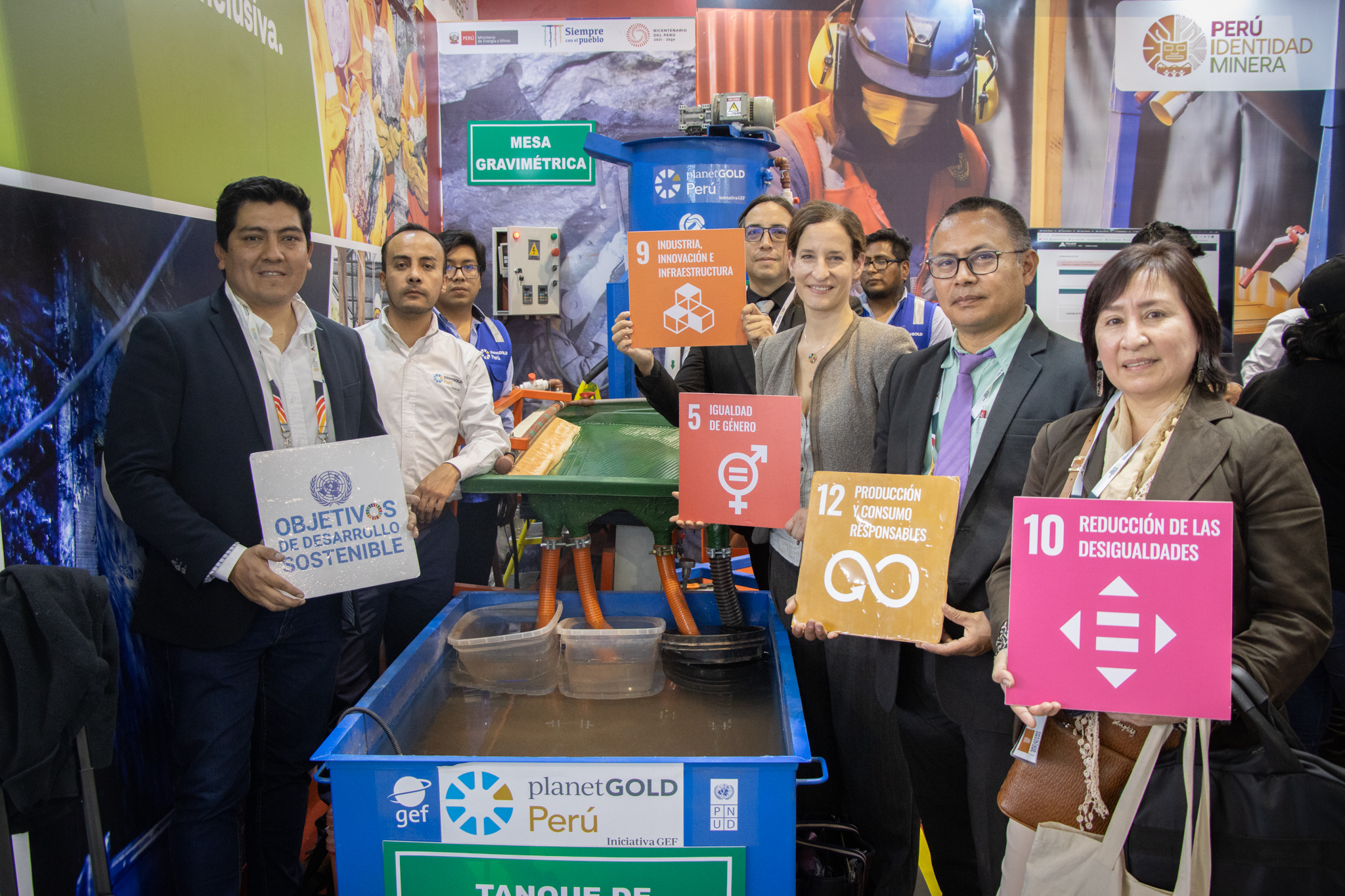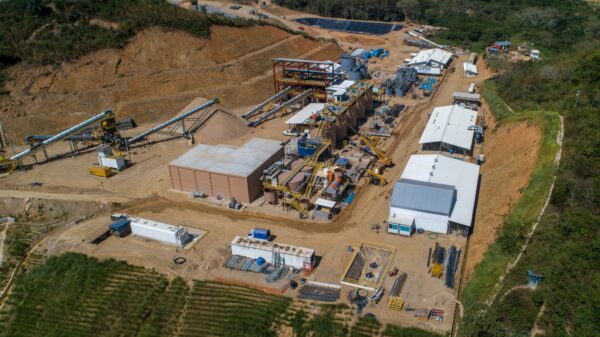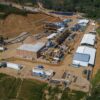Small-scale gold mining produces large amounts of mercury waste that can be neurotoxic and damage ecosystems, but an organization established by the United Nations (UN) has been working to minimize the toxic impact of gold extraction.
On Wednesday, the UN Environment Programme published an article containing statistics and important information about the dangers of small-scale gold mining and its impact on human health internationally. The UN works to mitigate the negative ramifications of gold mining through its organization planetGOLD.
According to the UN organization, approximately 20 million miners throughout over 80 countries work in small-scale and artisanal gold mining, 4-5 million of which are women and children.
The UN Environment Programme says these operations are often unregulated and unsafe and account for 37 per cent of mercury pollution internationally, more than any other sector on earth. The organization says mercury can cause irreparable brain damage in humans and poison ecosystems.
planetGOLD recently showcased a model of an ideal mercury-free small-scale gold processing system at its Responsible Mining Conference last month in Guyana, South America.
At its #ResponsibleMining Conference this week, planetGOLD #Guyana displays a model version of its #mercuryfree small-scale #gold processing system.
To get a 360° interactive look at the full-size version, take the virtual tour:
📍 https://t.co/mbzBzv9DzD#MakeMercuryHistory pic.twitter.com/ImKwqGeixC— planetGOLD Programme (@planetGOLD_org) January 19, 2023
Read more: Idaho gold project receives local support, gets rejected by environmental groups
Read more: Calibre releases short doc on environmental initiatives in Nicaragua
The planetGOLD initiative created by the long-established United Nations Environment Programme (1972) is intended to minimize the negative effects of small-scale gold operations through cooperation with governments and mining communities. The organization aims to promote safety while eliminating the use of mercury in artisanal mining.
“Over 100 million people rely on artisanal gold mining for their livelihoods, so it’s critical that we work with governments to equip miners with the knowledge and tools necessary to phase out mercury use,” said Ludovic Bernaudat, Manager of planetGOLD.
planetGOLD is funded by the Global Environment Facility while operating under the Minamata Convention on Mercury, an environmental organization dedicated to phasing out the use of mercury around the globe.
The environmental outfit gets its name from Minamata bay in Japan where thousands of people were poisoned by mercury-contaminated water released from a chemical factory in the late 1950s. Those impacted suffered from what is known as the “Minamata disease.”

Photo via the Minamata Disease Museum
Artisanal or small-scale gold mining generates approximately US$30 billion annually, accounts for 20 per cent of the international gold supply and emits more than 2,000 tonnes of mercury per year, according to the UN Environment Programme.
Read more: Osino Resources gets environmental permit for Namibia gold project
Read more: Amyris and the World Wildlife Fund aim to improve ocean health and shark populations
According to a peer-reviewed journal article published in Environmental Research Letters, large-scale gold mining has its own environmental complications as well.
“Large-scale, industrial gold mining, which supplies 80 per cent of the world’s primary gold, also poses major social and environmental challenges. While most modern industrial mines do not use mercury, poor management frequently leads to the unintentional release of other toxins, including arsenic and cyanide, into local environments, where their management creates long-term hazards,” said the article’s authors.
They added that in 2019, ten per cent of all industrial toxic waste releases reported to the Environmental Protection Agency in the United States were from gold mines, half of which contained arsenic — a highly poisonous substance.
rowan@mugglehead.com














